One of Peru For Less’s Travel Advisors tells the tale of her road trip on the Pan Americana along the southern coast of Peru – a tale of surprisingly good – and bad – restaurants, incredible sunsets, and plenty of getting lost.
In just three days, I saw a fair share of Peru’s southern coast. Starting out in a car with two other gringas, we left Lima on a Saturday morning with our car pointed towards Nazca.
We barely got out of Lima before getting coffee, getting lost (how can the Pan Americana Sur go north?!), and getting pulled over by border patrol. Soon after we sweet-talked our way past the policia, we found ourselves driving past the remnants of the 2007 earthquake.
The town of Pisco was the most affected by the earthquake, and it was evident. As soon as we stepped out of the car, an old man hobbled over to greet us. He said that he had been inside the church when the earthquake hit, and had been badly hurt. He held up his cane and pointed to the church – which was still closed.
The main plaza was bustling with men sitting in the shade, boys running in the streets, and shoppers browsing the movies, CDs, and ice cream shops on the side streets. But as we hunted for a good menu restaurant, we saw some of the buildings reduced to piles of rubble and whole streets carved up by construction workers.
We popped into Afrocafe, a restaurant filled with locals that looked promising. I ordered the arroz con pollo, not expecting to be presented with a platter of rice draped in rich sauce and half a chicken cooked to perfection.
We continued on to Nazca, which we made by nightfall. In the barren valley 20km north of the Nazca town, there was a mirador, or look out point. We pulled over, grabbed our cameras, and climbed the mirador to look out over a few of the famous Nazca Lines known as the Hands, Tree, and Lizard, just as the sun was setting. The figures are not very clear – the Pan Americana was constructed in this valley without anyone ever noticing – but the view was stunning.
In the town of Nazca, we stayed at Casa Andina Nazca, a terrific 3-star hotel with a lot of rustic charm. The service was excellent, the location convenient, and the breakfast amazing. We walked a few blocks to Hotel Nazca Lines, where the Maria Reiche planetarium is located. A planetarium show in English begins every night at 7pm. The guide showed us Venus and Saturn through the telescope, and gave us an overview of the Nazca Lines, with special emphasis on Maria Reiche’s theory that the lines have astronomical significance.
The next morning, we drove out to the Nazca airport to meet two of our friends who had just flown over the lines. They jabbered about the cramped plane ride while we drove around looking for the Cahachi pyramids, which were supposedly located a few kilometers off the road. We found ourselves in a completely flat valley with no promise of pyramids – or anything else – for miles.
We gave up and headed for the Chauchilla cemetery, which we found fairly easily. A teenager was reading a book under a thatched palm roof. When we pulled up, he said he would show us around for 5 soles each. We spent about an hour walking around the cemetery, which was located a few miles off the road near foothills rich in red and orange minerals. Several graves, excavated after grave robbers got to them, held the bones and mummies of the Nazca elite – some with dreadlock hair several feet long.
Next we went to the Cantallo aqueducts, where we walked along a row of spiral aqueducts. The aqueducts, built by the Nazca people centuries ago, were still being used to irrigate the fields next door.
We hit the road by mid-morning, stopping for what ended up being the worst menu experience I’ve ever had in the town of Palmpa. We waited over an hour for a meal that never came before heading on to Ica and checking into our Huacachina hotel in the afternoon.
Some of us checked into Hotel Mossone, by far the nicest hotel in this little oasis town just outside of Ica. But I set up camp in a cheap hostel that turned out to be my favorite part of the trip. The hostel, Sol de Ica, was located right on the boardwalk and I had a terrific view of the lake. I could nearly reach out and touch the palm trees from my balcony. The hostel itself was nothing special, but the shower was hot and I had the place to myself.
Plus, the family ran a little restaurant below and a chocolatejas factory in back. They fed me champagne and chocolatejas, which are carmels and chocolates with dried fruits, all made by hand and sold only in the Ica region.
As the late afternoon sunlight slanted over the sand dunes, my friend and I tramped up the dunes to watch the sunset. Meanwhile, our other friends went on a bodega tour of Ica to taste the wines for which the region is famous. In the evening, we talked with the locals and ordered American-style sandwiches and Pisco sours from the most popular – and almost only – restaurant on the Huacachina boardwalk.
The next morning we headed out early for Paracas. We headed straight to the dock and bought our tickets for the next boat to the Ballestas Islands, as we wanted to get out before the water got too choppy. Just outside of the harbor, we were greeted by a few friendly dolphins.
The next stop on the boat tour was the Candelabra, another cryptic geoglyph thought to be connected to the Nazca Lines, but our tour guide emphasized that it had no relation. The figure – which looks exactly like a chandelier or maybe a cactus – is carved into the hillside above the cliffs and is only visible from the sea.
The motorboat took us further out to the Ballestas, islands famous for their hoards of marine birds, and well-known as South America’s largest guano-producing areas. Thousands of cormorants and gulls, some Humbolt penguins, and a few sea lions lined the rocks. The docks and houses – used by guano collectors every few years – sat eerily abandoned on the edges.
Back at Paracas, we enjoyed the first sunshine of the morning and a warm cup of chocolate caliente before heading out to the Paracas National Reserve. We drove around the reserve, hoping to see Chilean penguins, but more than impressed with the breathtaking scenery in this completely barren and tranquil coastal desert landscape.
For lunch we ate at Puro Pisco, a fine restaurant overlooking the hard-working pescadores on the beach. It was sunny, and the scenery was irresistible, so after our meal we ordered another bottle of red wine and sat out on an abandoned boat on the shore, enjoying the afternoon and not looking forward to the long drive home.
For more inspiration on road tripping along the Pan-American Highway and helpful information about driving in Peru, check out this post from expert travelers!
Please contact us if you are interested in seeing any of these destinations.

Peru for Less is a group of travel experts who live, work, eat, and breathe all things South America. Their inspiration stems from a deep appreciation for the beauty and diversity that make this continent so special.




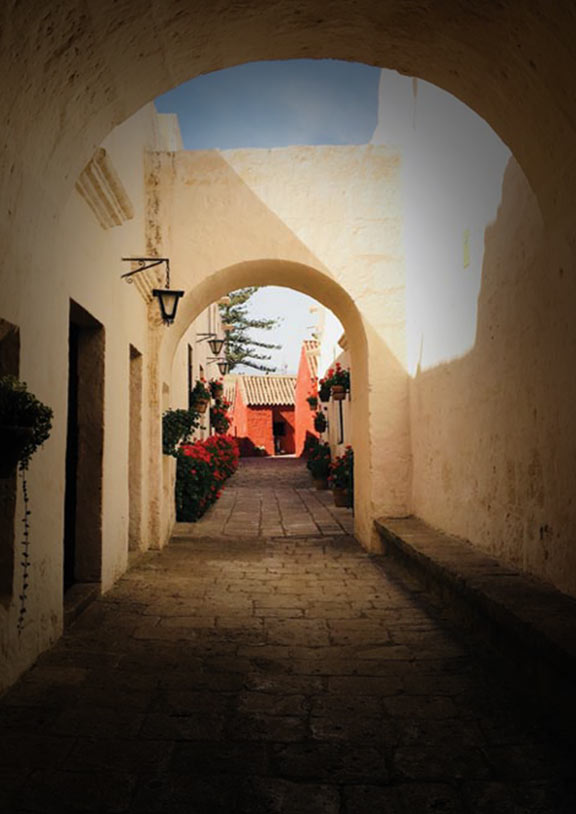
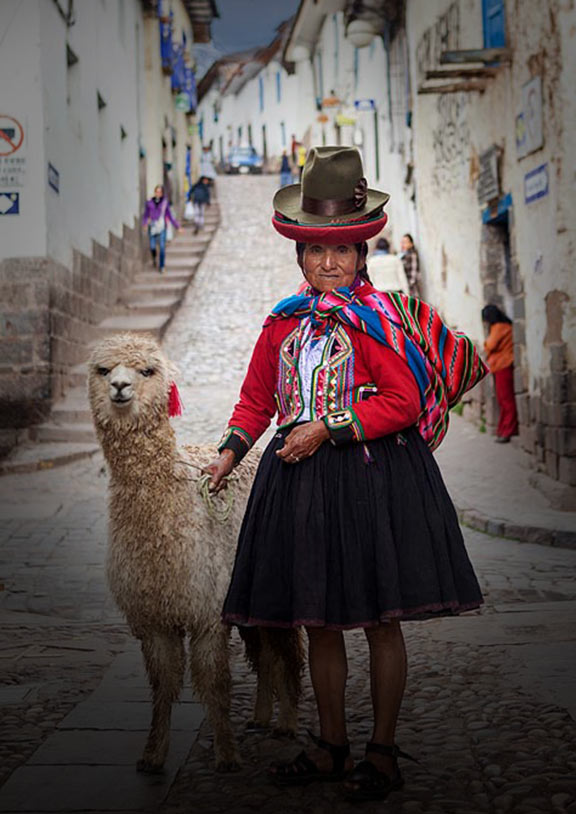
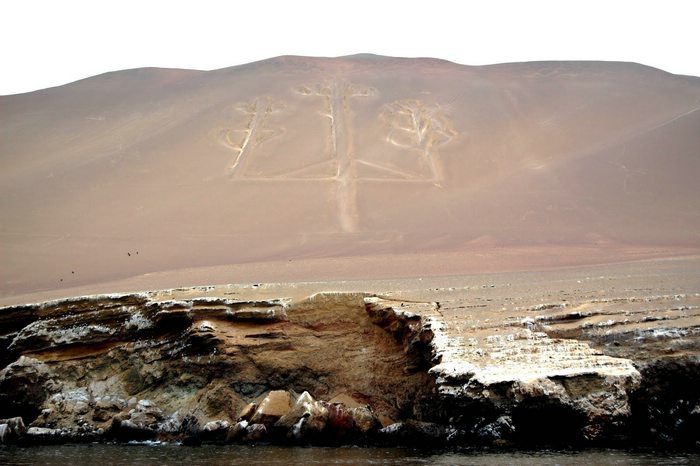
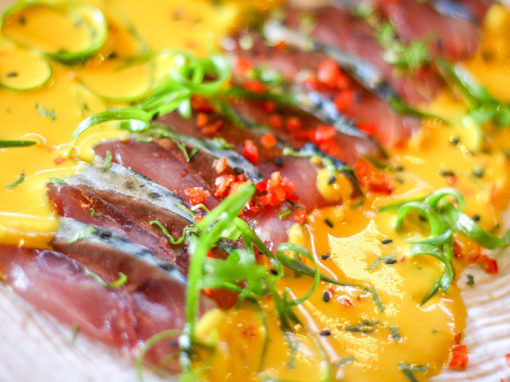
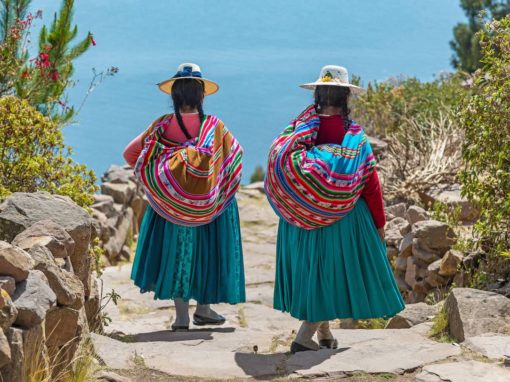



Pingback